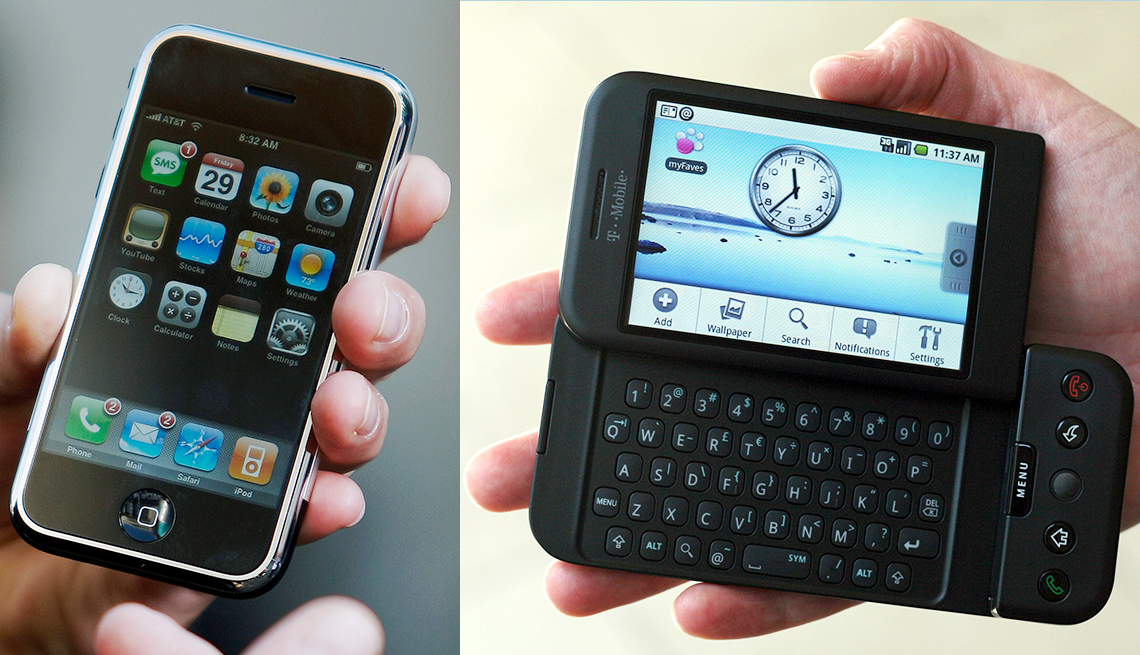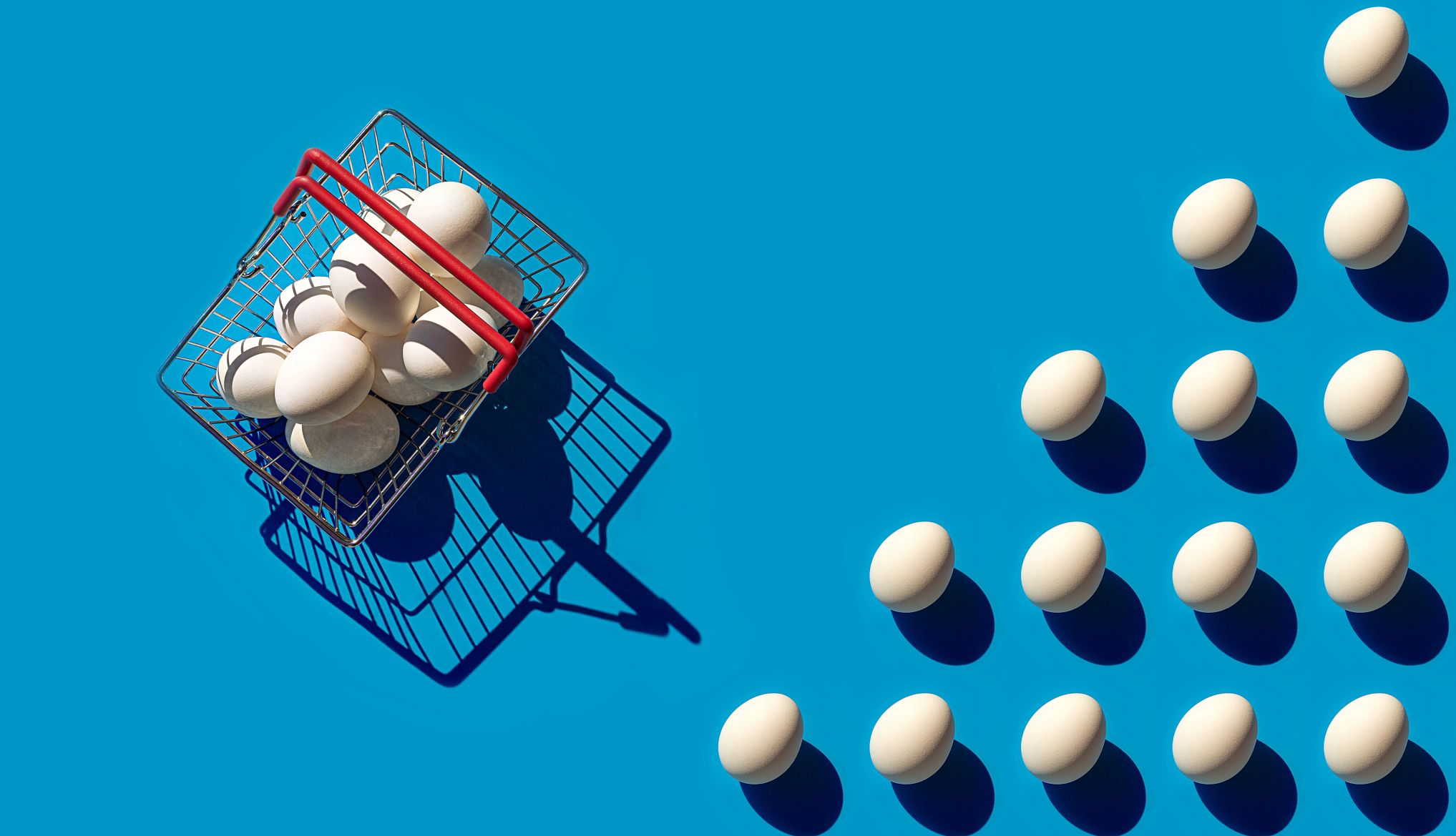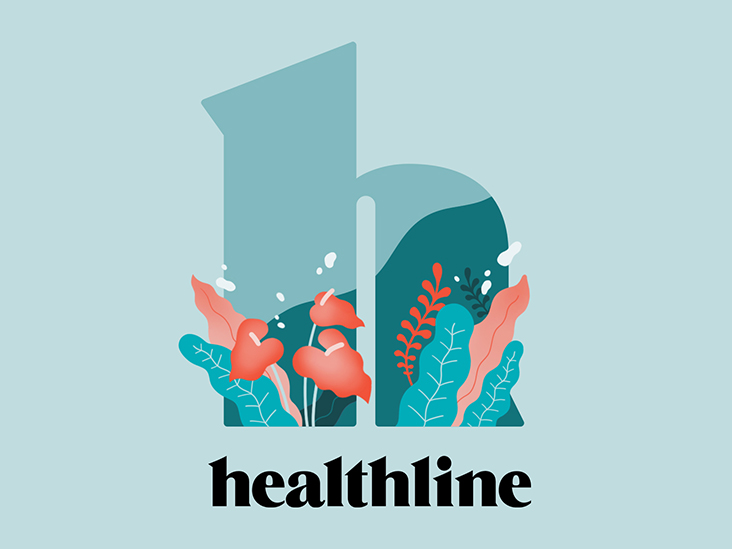
- Select a language for the TTS:
- UK English Female
- UK English Male
- US English Female
- US English Male
- Australian Female
- Australian Male
- Language selected: (auto detect) - EN
Play all audios:
8. MUSIC LIBRARIES TRANSFORMED. In some respects, the smartphone is the modern equivalent of the transistor radio of yesteryear, but with far superior sound and giving you the ability to tap
into local stations and listen to content from around the world. Beyond radio stations you might get through an app, typically for free, you can hear almost any song you want whenever you
want to hear it, at least if you subscribe to services such as Amazon Music, Apple Music and Spotify. You can also listen to podcasts on virtually any subject imaginable at no cost. Getty
Images 9. HEALTH AND FITNESS TRACKING. Smartphones count our steps, calories burned and other fitness metrics. But they also bolster our well-being in other ways. You may be taking advantage
of telehealth visits with your doctors, which took off during the pandemic but are almost certainly here to stay. The phone is also a repository for digital health records. A FINANCIAL
EVOLUTION 10. THE DECLINE OF CASH. The use of coins and bills may be on borrowed time, along with your physical wallet. Through Apple Pay and Google Pay, you can purchase products by holding
your smartphone near a payment terminal in a physical store. You can use the services online, too. In lieu of cash or checks, you may use peer-to-peer payment apps such as Cash App, Venmo
and Zelle to pay, say, your piano teacher or the kid who mows your lawn. While such apps are simple and convenient, keep in mind that they lack the same protections you get by paying with a
credit card, should a crook scam you into parting with your money. 11. MONEY MANAGEMENT IN GENERAL. It’s not just paying bills. We check our spending, transfer money across bank accounts,
get stock quotes and manage investment portfolios on our devices. Getty Images SOCIAL MEDIA, FOR BETTER AND WORSE 12. SOCIAL MEDIA. We use our thumbs to access Facebook, Instagram,
TikTok and X (formerly Twitter), among other social media outlets, to catch up with colleagues, family and friends. But social media is too often a place where misinformation spreads,
controversial views are shared and discourse is anything but civil. 13. VIDEO CALLING. The next best thing to being there is the sheer joy of seeing loved ones and coworkers on a smartphone
screen — and having them see you in return. That was never more evident than during the pandemic when most of us were stuck at home and often isolated. FaceTime, Google Meet, Messenger,
Skype, WhatsApp and Zoom, among other services, have mostly made video calling seamless. 14. HOME PHONES’ DECLINE. We sometimes forget these handsets make and receive phone calls. As of
December 2022, almost 73 percent of households said they’d ditched their landlines, according to the National Center for Health Statistics. What’s more, because we routinely make calls by
tapping someone’s name on a phone screen or by asking Siri or Google Assistant to dial, we may not remember most phone numbers. 15. EMERGENCY READINESS. Your smartphone may save a life,
but not just because you might make a call if you’re in an accident or experience a medical emergency. Some Androids and iPhones have shortcuts for dialing 911, and some models can even
detect crashes and summon help if you are incapacitated and can’t dial. 16. DIGITAL ADDICTION. Maybe the biggest downside of the modern smartphone is our own inability to resist gazing at
the screen 24/7. The good: “We are connected to the world through our phones,” says Stacey Cahn, an executive producer at Tampa-based Time in a Bottle Video Productions. The bad: “We need to
unplug, look up and around. You can’t smell fresh air through a phone ... yet.” _This story, originally published April 27, 2022, has been updated with additional ways smartphones have
changed our lives._






